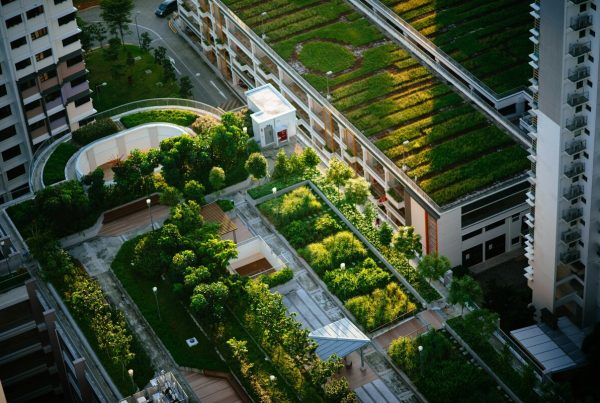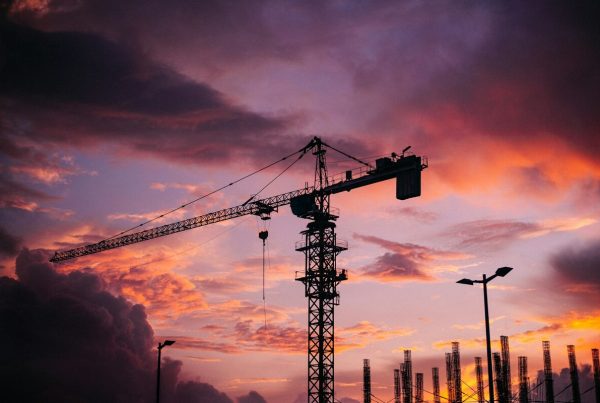In the past, the challenge was to maximize the tiny cramped space of condo units making it modernly and elegantly minimal yet fully livable. That’s all been done. The new challenge is to make them sustainable every square feet that matters.
It’s voting time (August 11-Sept 11) for USGBC’s (U.S. Green Building Council) proposed rating system, unveiled last April. It’s a new suite of ratings call LEED v4 O+M: Multifamily.
Early on when LEED v4 was launched, new categories of projects—such as data centers, schools, warehouses, and hospitality—were made eligible, each tailored with their own set of guidelines and prerequisites. This time around, multifamily buildings come to the picture.
Is this a case of LEED slowly becoming fragmented, its high standards of green building being watered down as it tries to accommodate each and every new addition to the suite of ratings? Or is this quite simply the logical progression of an ever-evolving system, one that keeps pace with current trends while keeping itself grounded at the same time?
Is there a reason at all for LEED for Existing Multifamily to exist?
Condo Living
As the name implies LEED v4 O + M: Multifamily is meant to serve specific guidelines for existing multifamily projects with 20 or more units. Multiple buildings (e.g. twenty townhomes) located at the same complex are eligible as well.
In an age where urbanized cities are becoming denser and more tightly-knit than ever, providing ample living space to the influx of people coming from the suburbs into the heart of the city becomes a problem. Enter condominiums and apartments, those high-rise structures of residence that maximize urban land as much as possible given its premium prices. Condominium’s accessibility to practically everything one could ask for—offices, malls, restaurants and bars, parks, museums, concert halls, sports arena, and more—is their single greatest appeal. However, there’s a lot more to it than proximity alone. It’s become a symbol of empowerment and freedom as well, as yuppies’ earning capacities continue to rise over the years and condos continue to become affordable.
So as long as the city beats and thrives in the religiously followed three-shifts-a-day workweek of its denizens, then there will be a need for those multifamily buildings.
Too Many Buildings.
And yet, when it comes to preparing such residences, there is also such a thing as over-anticipation, whether it’s deliberate or accidental. Consider the pseudo-cities of Chenggong and Ordos, erected with scores of multi-rise apartment buildings but virtually unpopulated, now modern ghost towns in their own right. A curious dose of politics and economics has prioritized real estate prices and construction boom over the actual needs of people.
Considering all that steel, concrete and the carbon footprint involved, with no lives serviced and improved by those constructions, there is clearly something wrong with the scenario.
Which brings us back to the newest soon-to-be member of LEED v4’s rating system. It makes sense to differentiate multifamily buildings (at least those that are actually operational and fully-inhabited) from other green building projects because precisely of their nature.
Just like regular homes, they are places of residences, yes, but the sheer number of dwellers under one roof, poses a different set of challenges. Often condos aren’t even purely residential, but are multi-use as well, especially on the lower floors which cater to various shops and stores. What to make of that? How to make transportation efficient? How to collect, sort out, and process household waste? How to make sure tenants are mindful of their water and energy use?
And since condos are often gated communities already bound by a set of rules and policies agreed-on by tenants themselves, all the better to educate them about the concept of sustainability. A single family made aware of the power of sustainable choices is already something to smile about, how much more an entire community?












